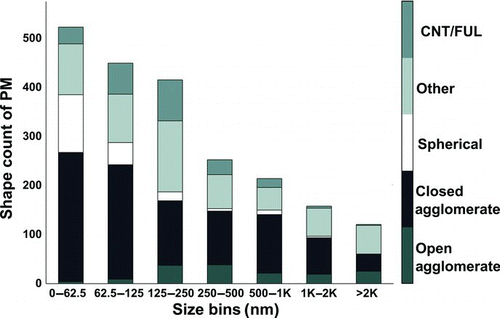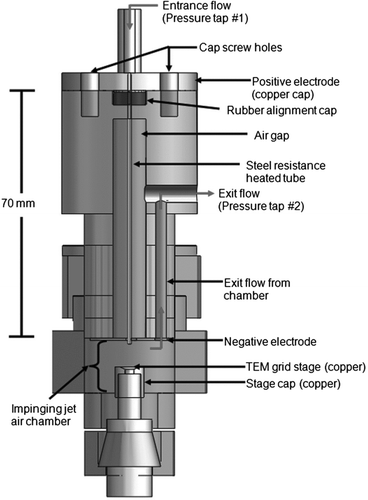Figures & data
FIG. 1 The IDC. The IDC is used for regulatory emission testing of light-duty vehicles in India. TPS sampling occurred during the acceleration between 0 and 12 m/s in either the 2nd or 3rd subcycle, as indicated by the bold line.
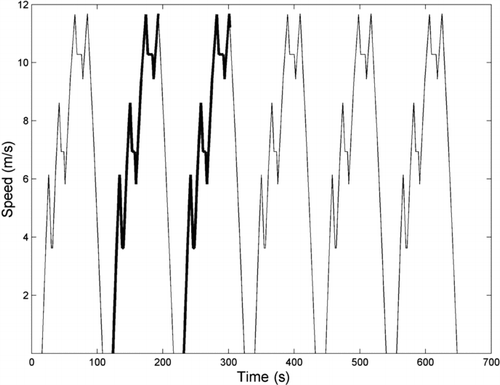
FIG. 3 Representative particle for each of the particle shape categories: (a) CNT/FUL, (b) open agglomerate, (c) closed agglomerate, (d) spherical, and (e) “other.” Scale bars are 100 nm in images (a)–(c) and (e), and 500 nm for image (d).
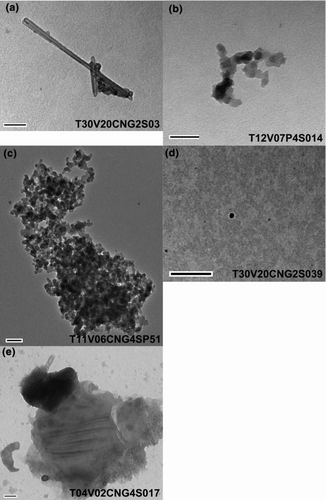
TABLE 1 Emissions for vehicles with TPS sampling included
FIG. 4 CNTs and nanotube agglomerates from 3 different fuel–engine combinations: CNG/4-stroke (a and b); gasoline/4-stroke (c and d); CNG/2-stroke (e and f). All scale bars are 100 nm.
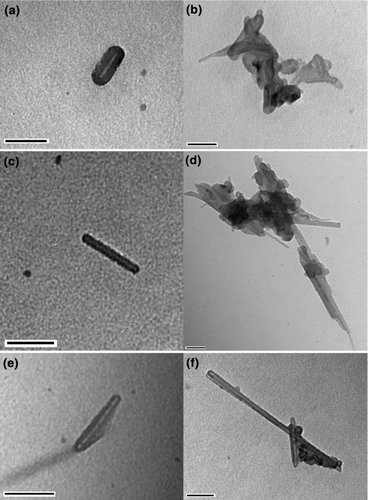
FIG. 5 FULs and CNT types: fullerenic cones with tip angles of approximately 19° from separate 2-stroke engines (a and b); string-like, long CNTs (c and d); jointed CNTs from CNG/2-stroke engines and gasoline/4-stroke engines, respectively (e and f). Scale bars represent 100 nm.

FIG. 6 Examples of particles were categorized as CNT/FUL but without the expected features (such as a hollow core) of FULs or CNT. Scale bars are 500 nm.
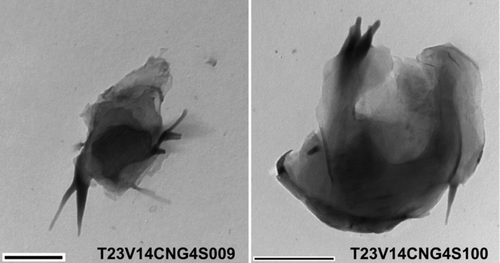
FIG. 7 HRTEM images of fullerenic wall structures from a CNG/4-stroke engine PM. (a) MWCNT and wall structure of approximately 22 layers; (b) wide-diameter MWCNT; and (c) FUL structure.
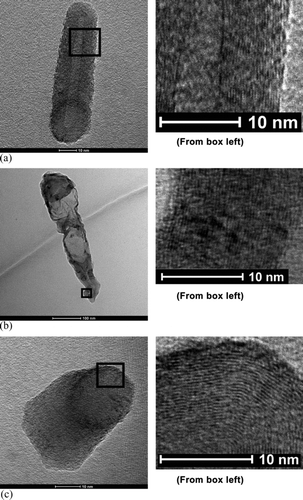
FIG. 8 Size distribution of the imaged particles (N = 2121) by shape category. Size corresponds to RMS length parameter from TEM image analysis.
